August 5-24, 2010
We began breaking ground on the first revegetation site for the upcoming rainy season, 2011. The site is located on the hillside above the greenhouse and University Catolica. It is a large site that connects the space between a 2008 revegetation site with a site planted by Heather Crawford in 2005, which borders on a site from 2009 and 2010. Once planted, it will create a multiple hectare corridor along a continuous hillside revegetated with native plant species.
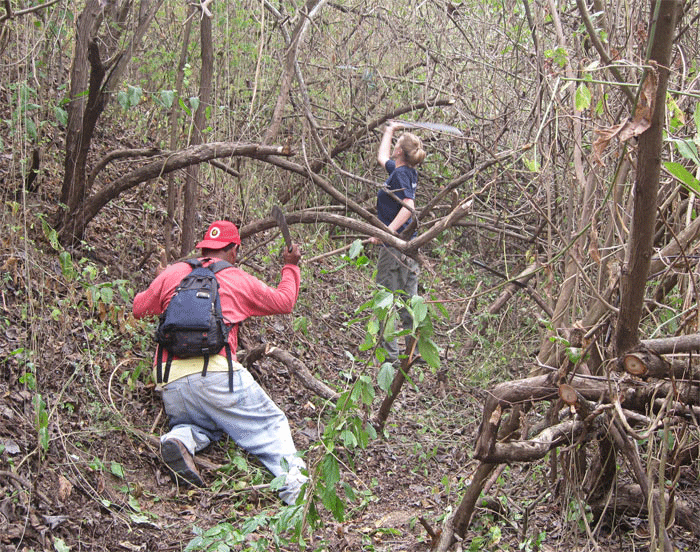
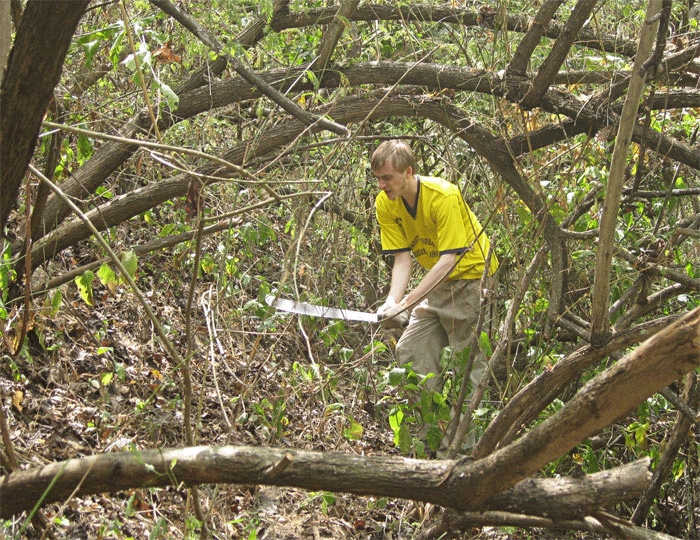
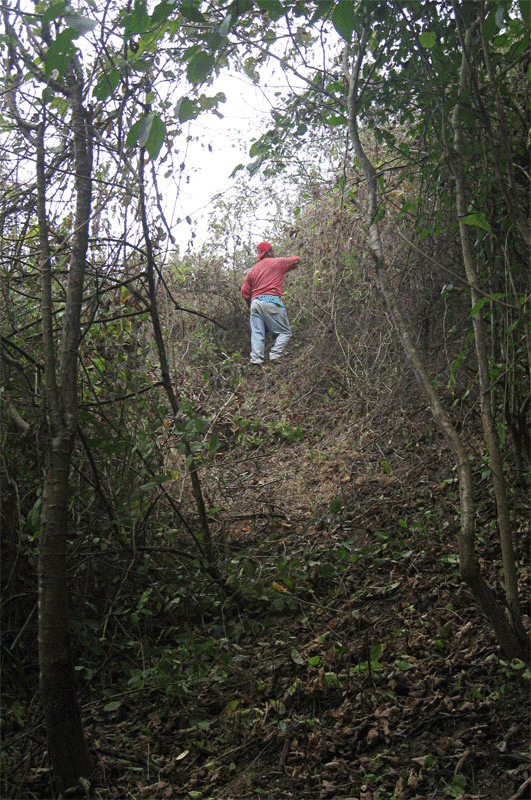
The new site spans two drainages and includes a large, fairy steep hillside. It fills an area that appears to have been slash-and-burned for agricultural purposes; the charred stumps of previous vegetation are scattered about. Given the terrain, it was almost certainly used for planting corn. Farther up the drainage, a distinct line is visible where a more intact forest remained undisturbed. This will be the upper boundary of the site.


Along one of the drainages, Orlando suggests planting a cluster of Pechiche trees, which will do well with a tad bit more water. Once up on the ridge, he points to an area where he says he would like to plant a patch of Ceibos, which are heartier and will thrive in the dry soil. I can tell he is already imagining the landscape with hundreds of new trees poking out of the soil.

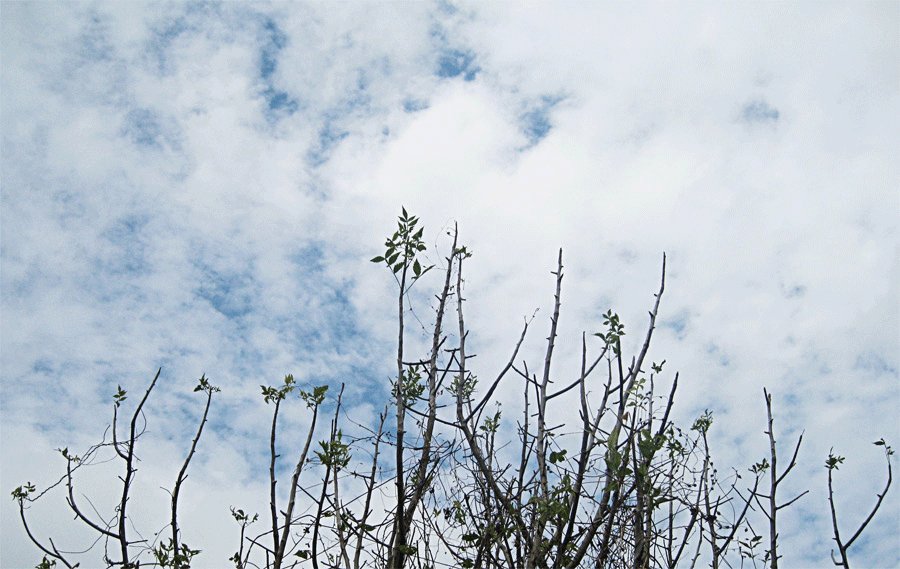
So far, we have successfully opened the major trails which lead to the different areas of the site. Branching off each of these arteries will be a series of smaller, horizontal, trails which will weave through the brush, allowing us access to plant trees. These smaller trails will be placed at intervals of approximately four meters in order to fill as much of the hillside as possible. Like lines on a topographical map, they follow the terrain, each one slightly higher up the hillside. Thus far it is difficult to judge how many trees will fit in the site, but I would estimate around 500. Once the trails are completed, holes will be dug and marked with painted bamboo stakes.
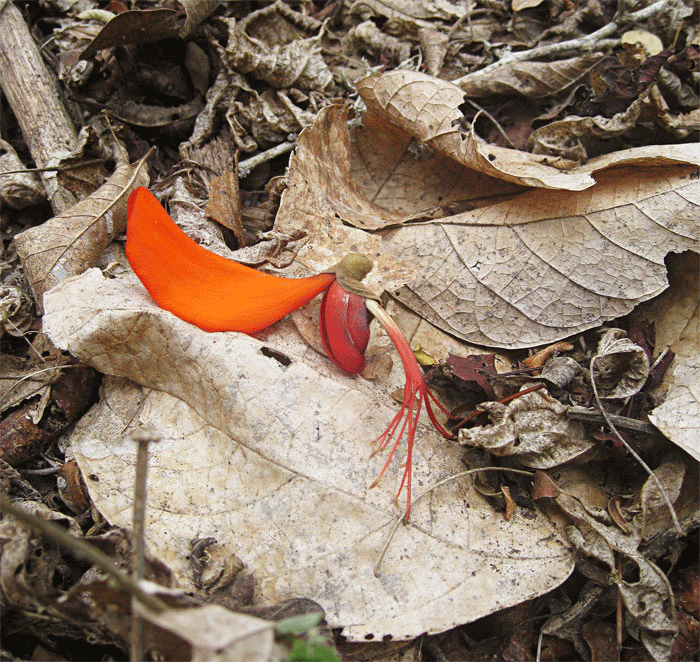

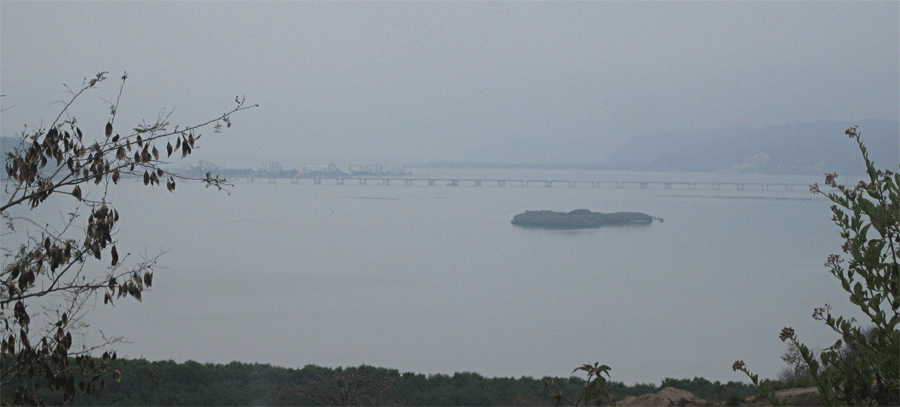
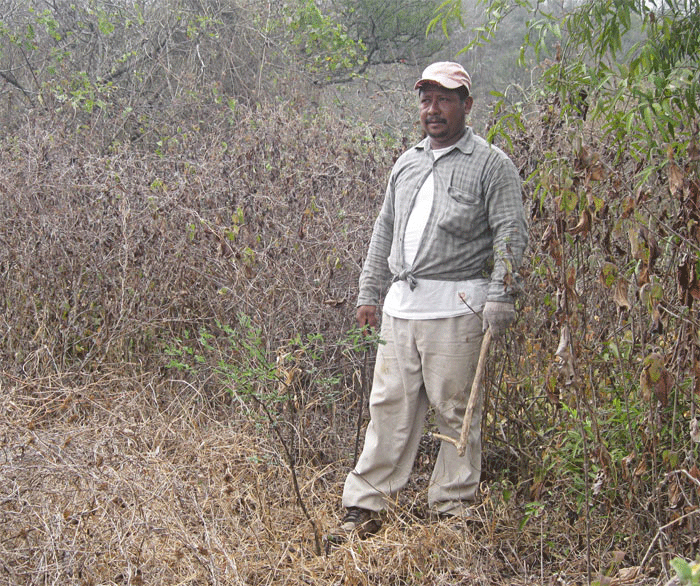


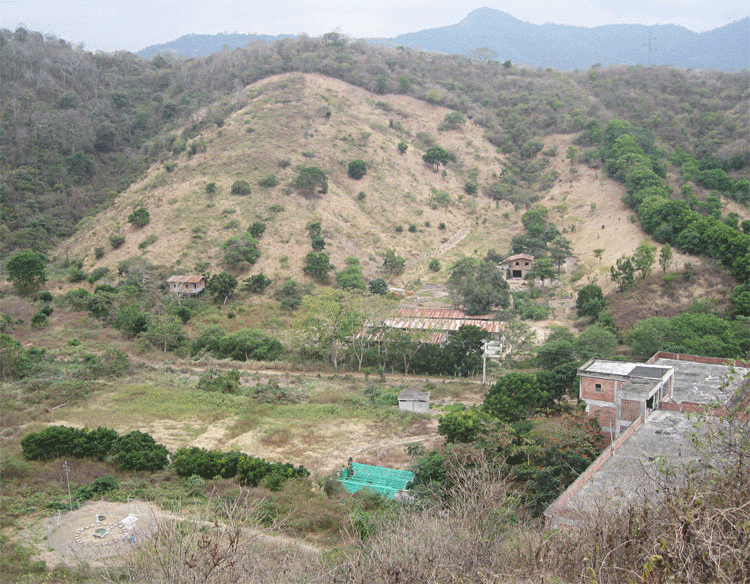
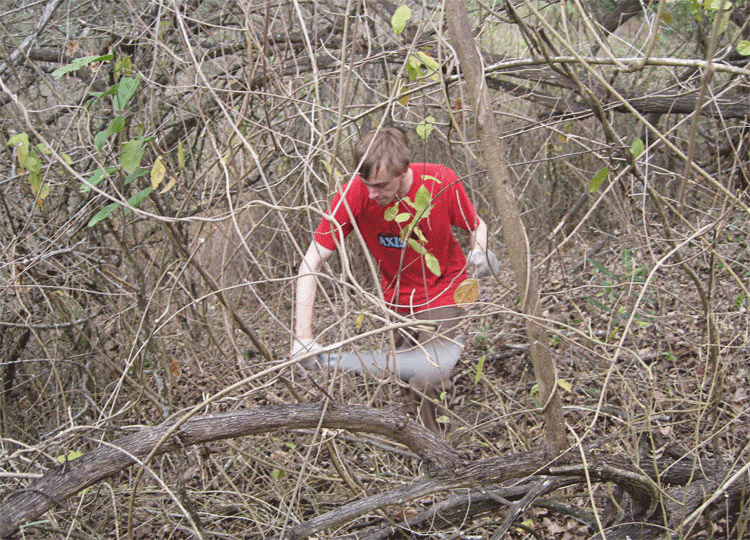
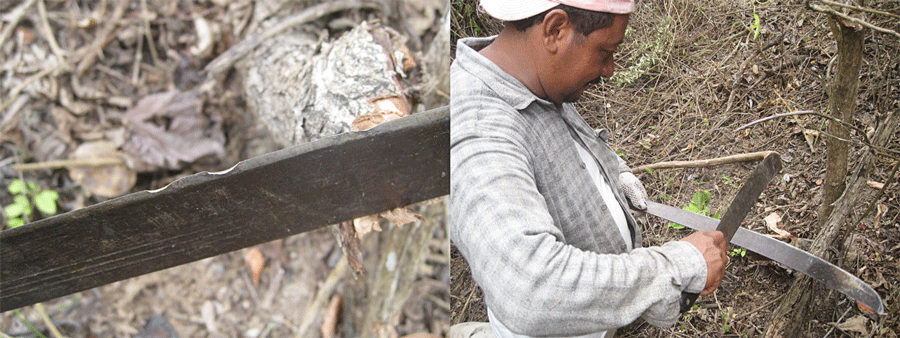
A friend of mine who works for a construction company at the San Vicente-Bahia de Caraquez bridge called me Saturday the 14th. His crew was in the process of throwing out hundreds of bamboo tubes, 1.5 to 2 meters long. He told me to hire a truck immediately and he would be able to donate the scrap materials to Planet Drum. I quickly rented the biggest truck I could find and headed for the bridge.
With the help of the Army Corp of Engineer workers, we loaded the truck to the brim with practically brand new bamboo pieces, which will be perfect for the tree markers. Since we may be planting upwards of three or four thousand trees this coming year, we are going to need a lot of bamboo. In one afternoon, and for only twenty bucks to rent a truck, I secured enough bamboo for our needs and then some.
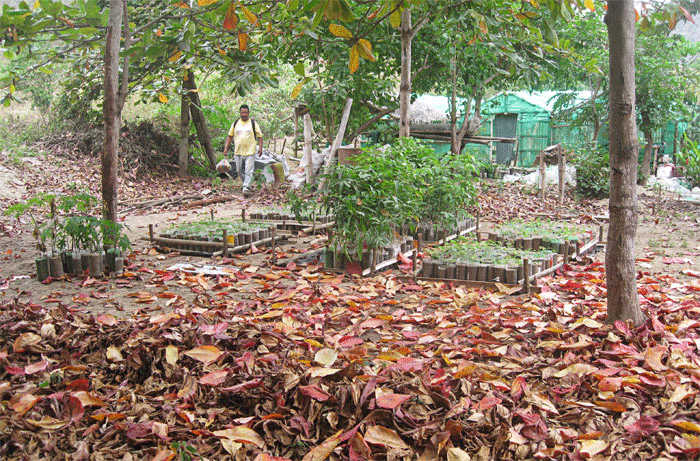
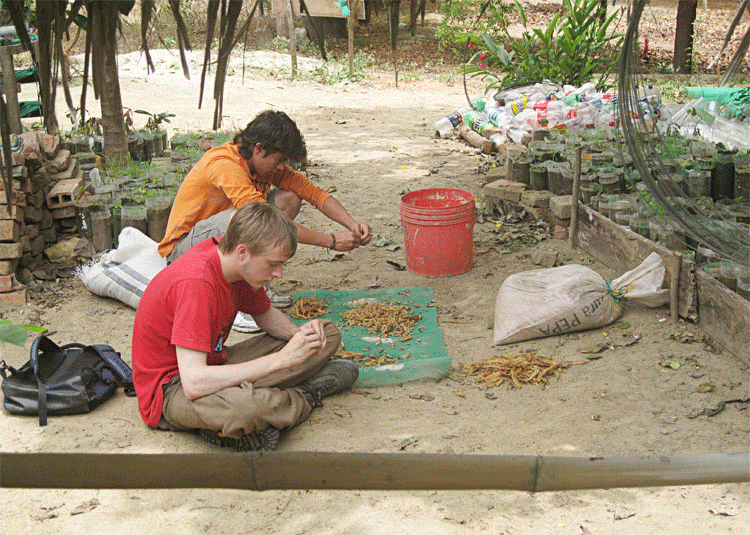

At the greenhouse, the seedbeds of Ceibo and Jaboncillo have been germinating. Also, we collected a couple sacks of Algarrobo seeds, left them soaking for 3-5 days and then planted them in seedbeds. They have started germinating already as well. The trees in bottles are growing well, and we keep them well watered and free of weeds.
Pásalo bien,
Clay

Reader Interactions